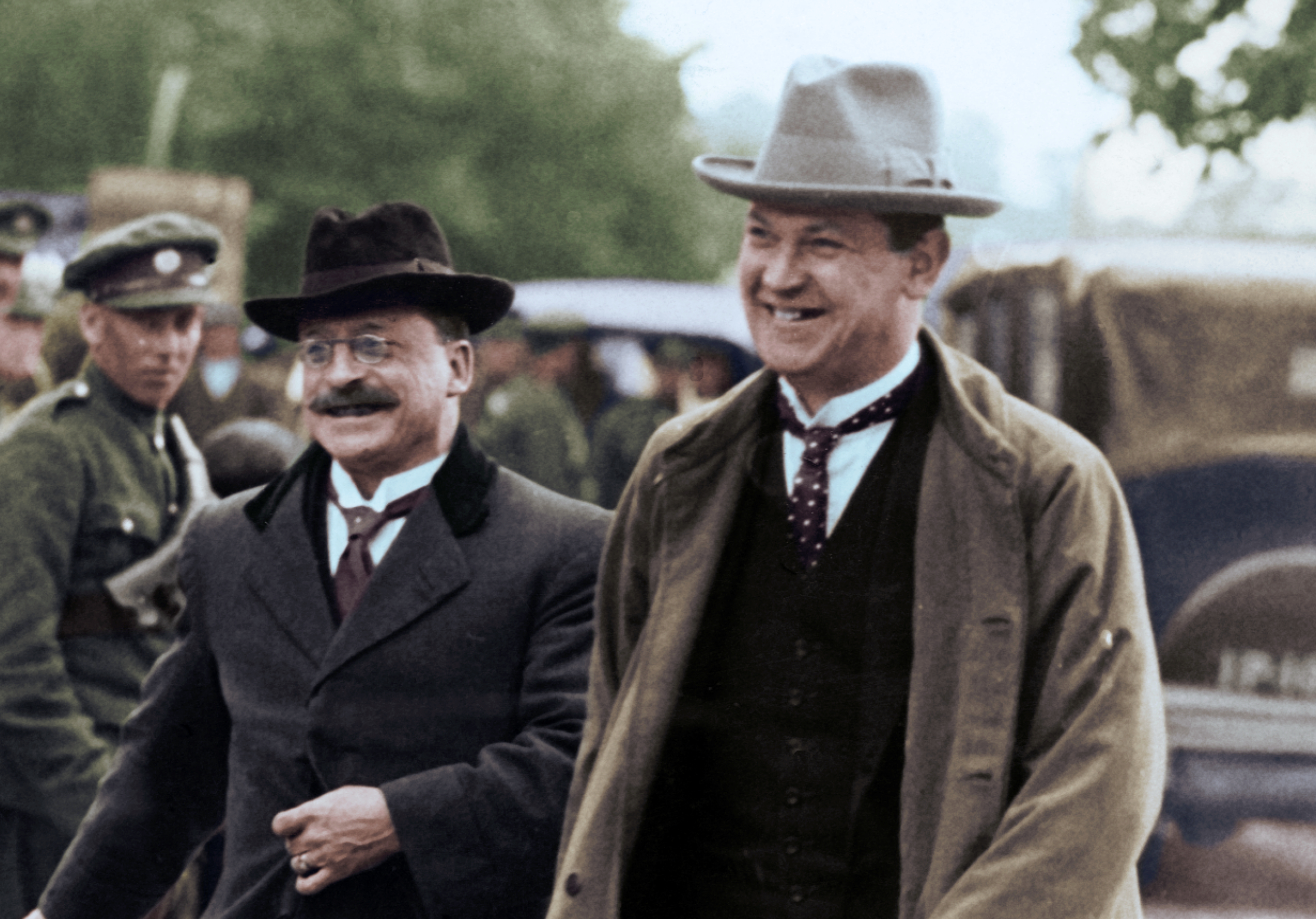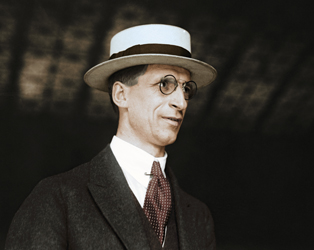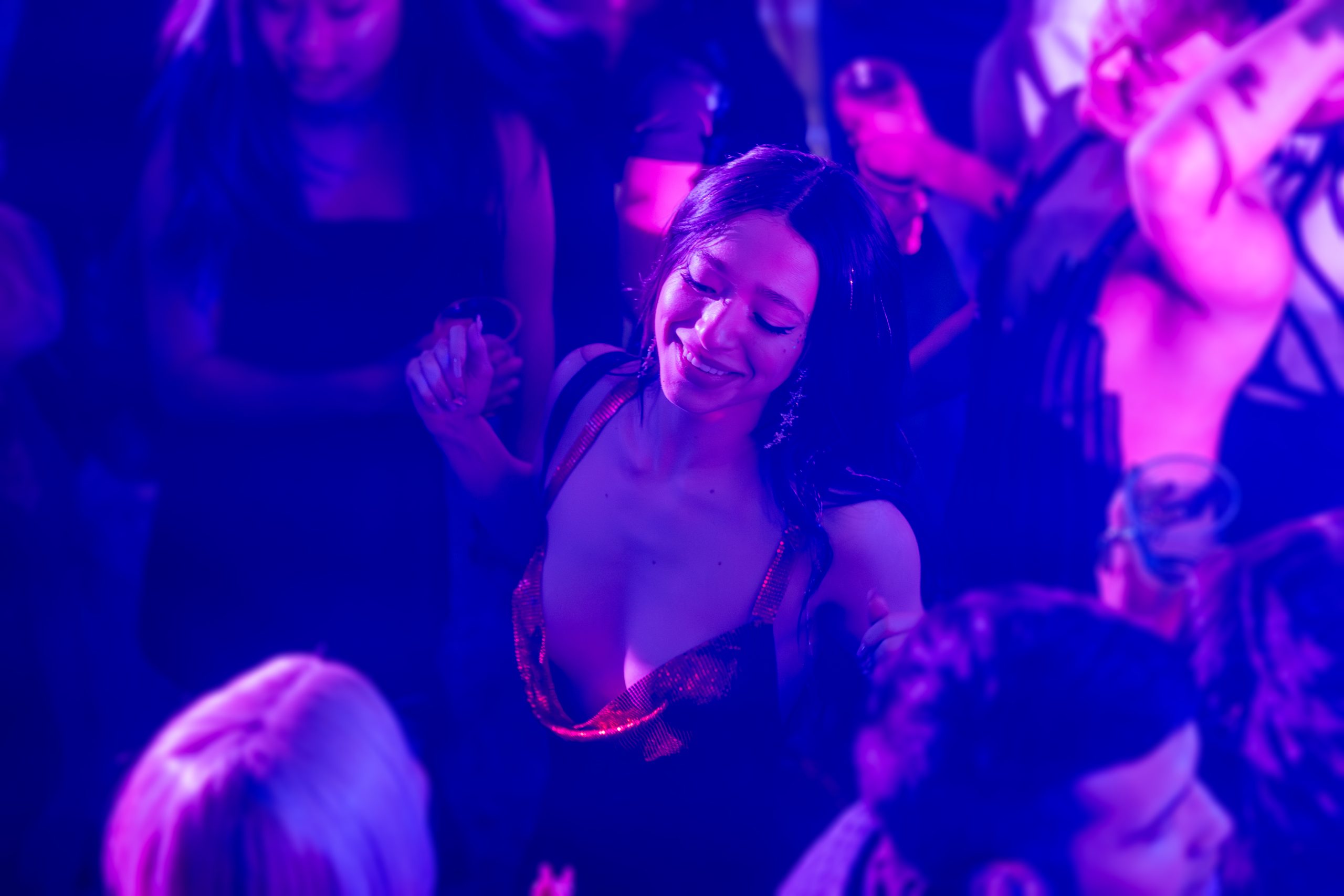
Colourising the Past – Behind the Scenes on Revolution in Colour
On Easter Monday the 17th of April, the IFI will present a special screening of Martin Dwan’s Revolution in Colour.
This film takes newsreel footage from the opening years of the 20th century to tell the story of the struggle for Independence in Ireland. And it goes one step further by presenting these moments from history in colour.

A painstaking process of colourisation was used to bring a fresh perspective to the footage of titans like Michael Collins and Patrick Pearce, and powerful moments of action and scenes of everyday life. The effect is to remove that sense of distance which can be created by older archive footage, making it feel like a mere step away from today.
The work itself was carried out by talented team at West Wing Studios, an American company which has perfected the art of restoration and colourisation – working on episodes of hit shows like I Love Lucy and The Three Stooges.
They’re also the folks behind WW2 in HD Colour – a 2008 documentary series which presented the global conflict like never seen before, and went on to be nominated for a BAFTA.
Below, you’ll find some notes from director Dwan on how the footage is brought to life with colour:
“The process used to add the color is extremely labour intensive – someone has to work on the movie frame by frame, adding the colors one at a time to each part of the individual frame. There are 24 frames per second of film, and 1440 frames per minute. The number of frames to be colorised can be HUGE.
To speed up the process, the coloring is done on a computer using a digital version of the film. The film is scanned into the computer and the coloring artist can view the movie one frame at a time on the computer’s screen. The artist draws the outline for each color area, and the computer fills it in.
To speed up the process even more, interpolation is common. From frame to frame, there is normally very little variation in the position of objects and actors. Therefore, the artist might manually color every tenth frame and let the computer fill in the frames in between.”
This fascinating document of the early years of the 20th century in Ireland showcases a piece of living history, and demands to be seen on the big screen. Catch it on Easter Monday April 17th at 14.00, only at the IFI – book your tickets here.
IFI CINEMAS TODAY
The IFI is supported
by The Arts Council
News
 Over 17,500 Students Celebrate #ThinkLanguages Week – A Vibrant Festival of the Languages and Cultures in Ireland
Over 17,500 Students Celebrate #ThinkLanguages Week – A Vibrant Festival of the Languages and Cultures in Ireland
21 November 2024 IFI KINOPOLIS 2024 – PROGRAMME ANNOUNCEMENT
IFI KINOPOLIS 2024 – PROGRAMME ANNOUNCEMENT
18 November 2024 IFI FRENCH FESTIVAL COMPETITION
IFI FRENCH FESTIVAL COMPETITION
1 November 2024 NOVEMBER 2024 AT THE IFI
NOVEMBER 2024 AT THE IFI
24 October 2024